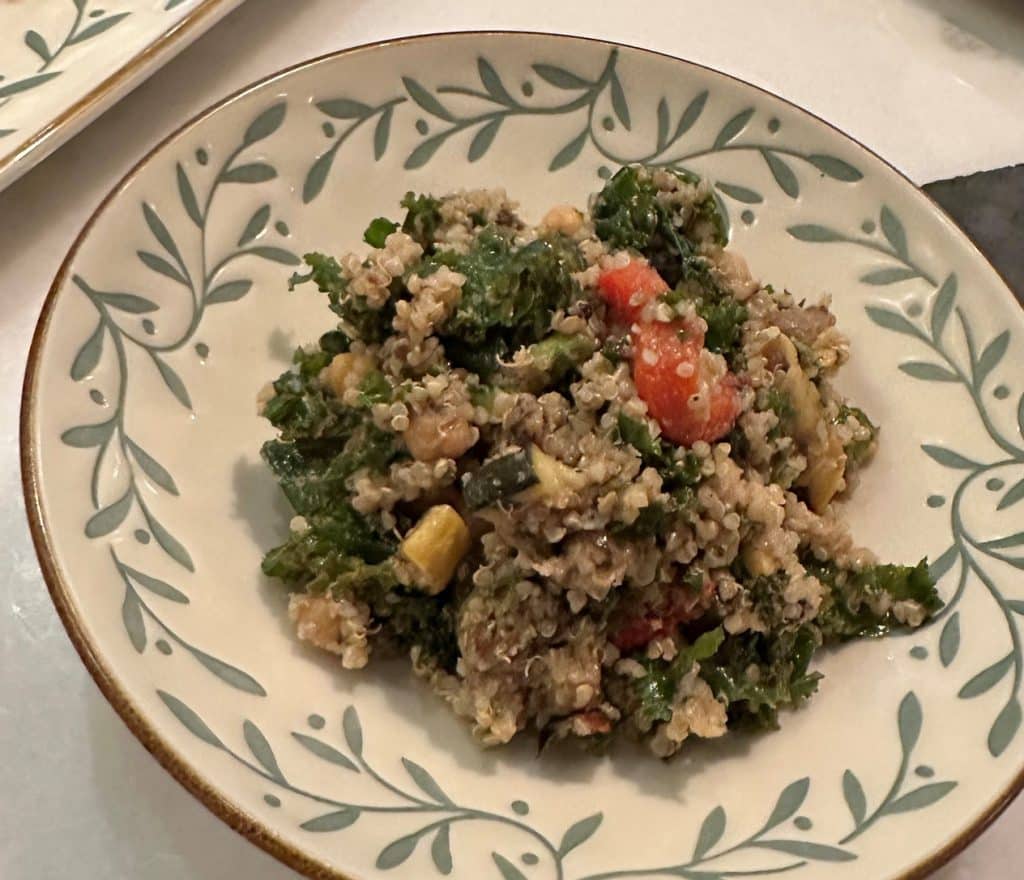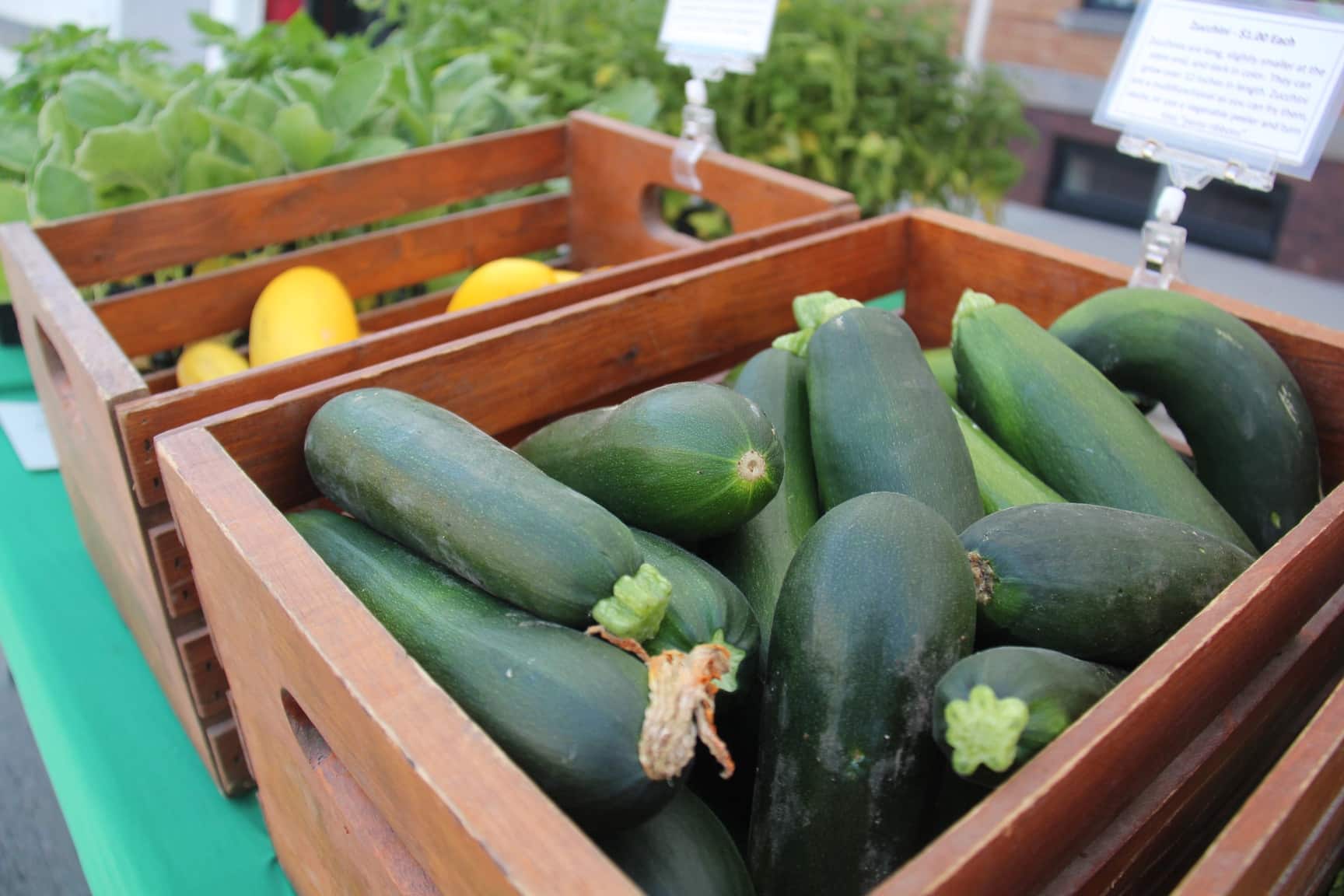Incorporating vegetables into your diet is a key component of a healthy lifestyle. Vegetables are packed with essential nutrients, including vitamins and minerals, contributing to overall well-being. However, despite their benefits, many struggle to include veggies in their daily meals. Thankfully, there are effective strategies to help overcome this problem. This article will explore ways to seamlessly integrate more vegetables into your diet, making the process enjoyable.
The Benefits of Vegetables
It is vital to understand why veggies are needed for a healthy diet. Firstly, they are quite low in calories and high in nutrients, making them an excellent choice for maintaining a healthy weight. Also, they are rich in vitamins and minerals like vitamin C, potassium, and folate. These vitamins and minerals support heart health and boost the immune system. Vegetables can also prevent constipation. They are an excellent source of fiber, which aids in digestion. Moreover, they contain antioxidants, which help reduce the risk of chronic diseases.
Ways to Incorporate More Vegetables Into Your Diet
People struggle to consume enough vegetables for various reasons, including a lack of time, cooking skills, or dislike for certain vegetables. For those experiencing these barriers, these tips will help you up your veggie game.
Add Vegetables to Breakfast
Most people overlook breakfast as a meal for veggies. However, it is the perfect opportunity to begin your day with a nutritious boost. You can add bell peppers, kale, or spinach while making an omelet or scrambled eggs. Adding a handful of spinach or kale into the blender won’t hurt if you prefer smoothies for breakfast. These veggies blend well with fruits like berries and bananas. Their tastes are masked, and they deliver a healthy dose of nutrients.
Eating Vegetables as Snacks
People often think of foods like chips or cookies when discussing snacks. However, veggies can be a very good substitute for these junk foods. Cucumber slices, cherry tomatoes, carrot sticks, and even bell pepper slices make for satisfying snacks. To enhance flavor, pair them with a healthy dip like guacamole or hummus. Keeping pre-cut vegetables in your fridge will make it easier to grab a healthy snack.
Incorporate Vegetables Into Your Favorite Dishes
Incorporating veggies into dishes you love is a good way to consume more. Adding extra vegetables to stews, soups, or casseroles can make a huge difference. For example, you can include onions, peppers, and corn when making tacos or burritos. Also, add spinach, zucchini, and mushrooms to your pasta sauce. This way, you get more nutritional value, flavor, and texture.
Try Meatless Meals

A day or two each week for meatless meals can increase vegetable intake. Dishes like stuffed bell peppers, veggie burgers, and stir fries are great alternatives. You can also try more plant-based cuisines. Indian and Mediterranean foods are highly recommended because vegetables are often the main ingredient.
Make Vegetables the Star of Your Meals
Most people often treat veggies as a side dish. However, to incorporate more vegetables, this shouldn’t be so. After having an appetizer, try having a big salad as your main meal. Load your plate with veggies like lettuce, tomatoes, carrots, cucumbers, and radishes. For a complete meal, you can top the plate with grilled chicken or chickpeas. Another option is to explore vegetable-based foods like roasted veggie platters and stir-fries.
Sneak Vegetables Into Purees and Sauces
Blending veggies and adding them to sauces and soups can boost your vegetable consumption. You can substitute dairy with blended veggies when making pasta sauce. For instance, puree steamed cauliflower or butternut squash for a creamy texture. Another way is to add blended carrots and sweet potatoes to your tomato sauce. This method works very well if you have picky eaters at home.
Use Vegetables as Substitutes for Carbs
Replacing starchy foods with vegetables is another clever way to add veggies to your diet. For example, try swapping out pasta for zucchini noodles or spaghetti squash. Instead of regular rice, try cauliflower rice. You can even substitute bread with large lettuce leaves. This is useful as a low-carb alternative for wraps and sandwiches.
Conclusion
Adding more veggies to your diet doesn’t have to be daunting. By making small changes, you can significantly increase your vegetable intake. It will improve your health and add flavor and color to meals. Remember, the key is creativity and consistency. So find what works best for you and make veggies a regular part of your diet.
Disclaimer: This article is intended simply to provide information. It does not replace the medical advice of a physician. Please speak with your doctor if you have any questions or concerns.




